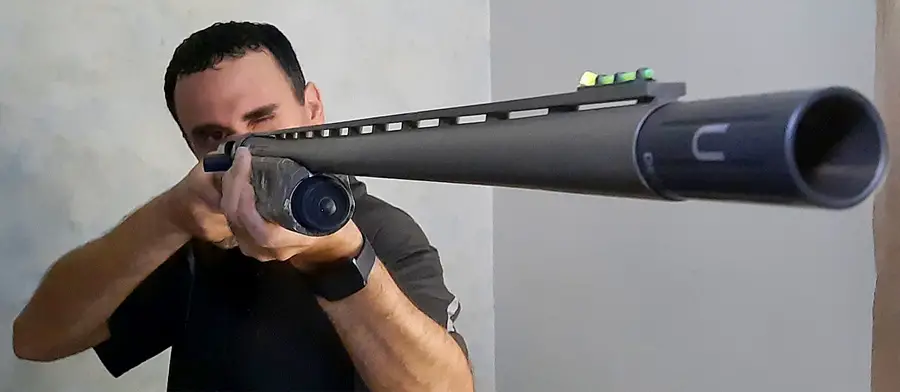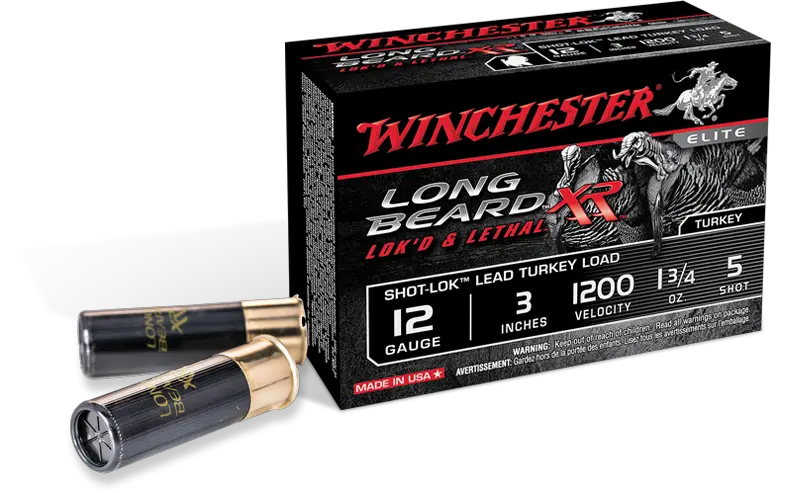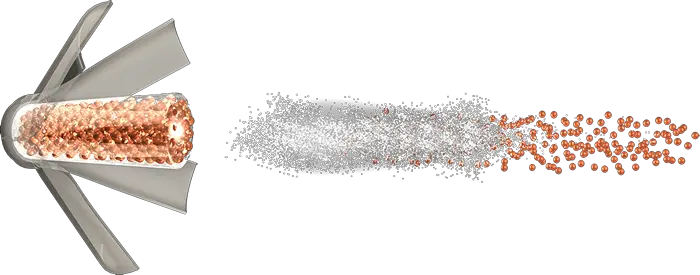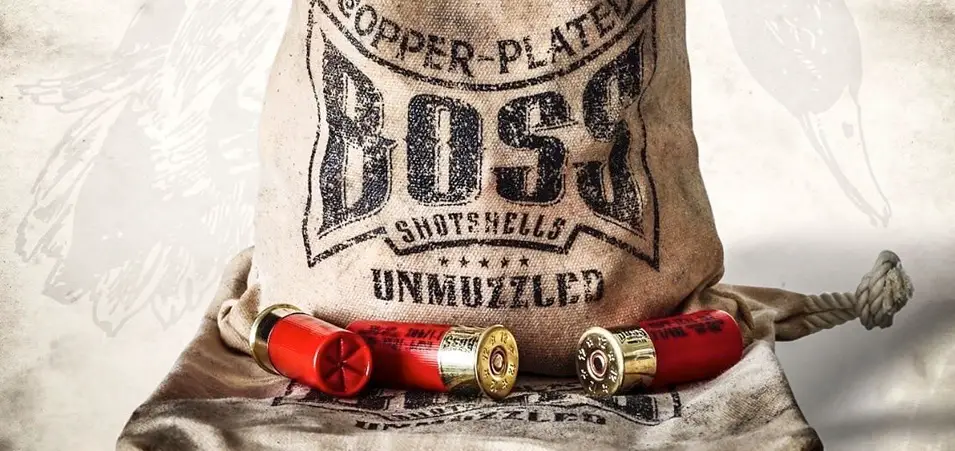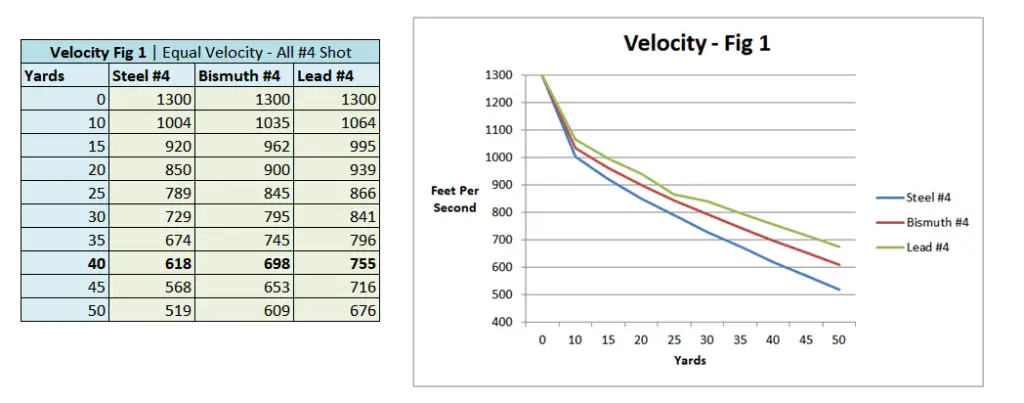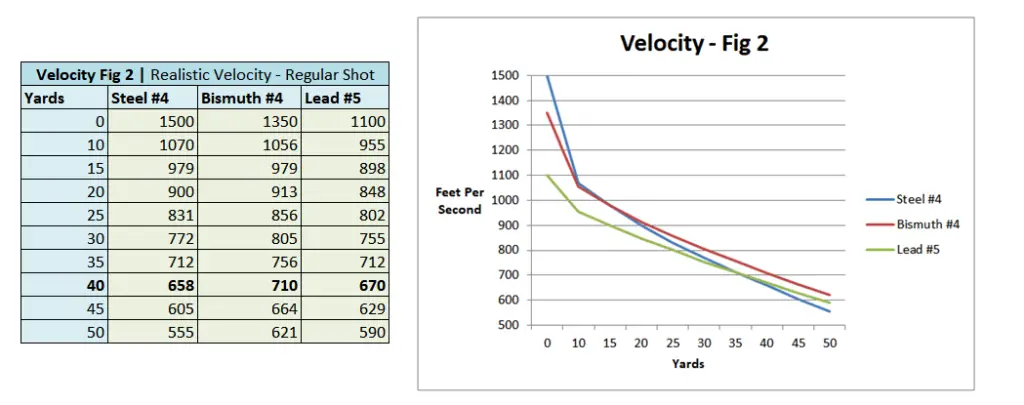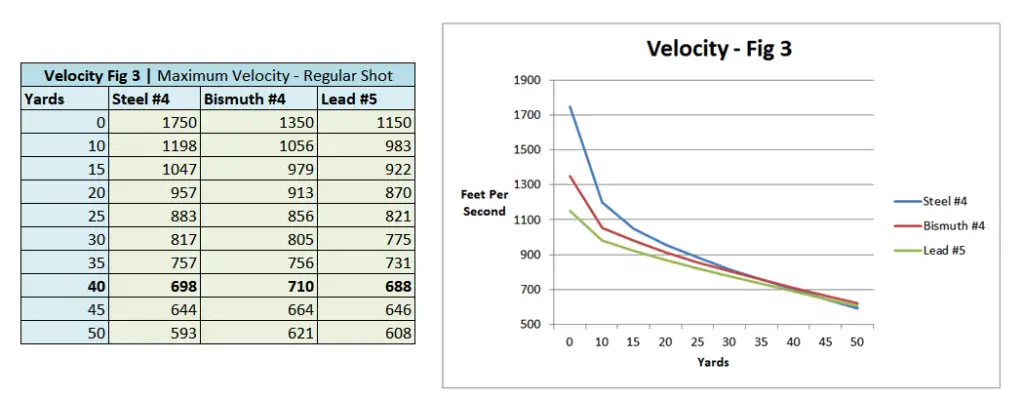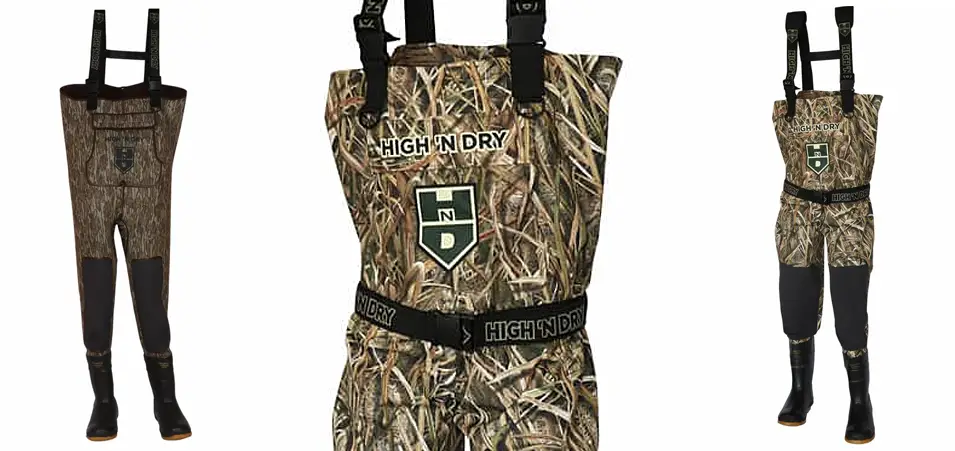Does your shotgun fit you? How do you fit a shotgun to your body? The answer to these two questions can determine whether or not you will be able to shoot well or be plagued with poor shots and lost game. Those who shoot sporting clays, trap, and skeet are more likely to pay attention to shotgun fit than hunters who do no sport shooting. New hunters are especially unaware of these principles. But hunters need to be aware of how their shotgun fits more than anyone else, since each trigger pull has the potential to wound or cripple game.
The good news is that shotgun fit can be very simple. I think it follows the 80/20 rule. You can gain 80% of the benefit with only 20% of the knowledge and work. In this article, I am going to cover the simple basics of fit, and then go into a little more depth on some of the finer points. I encourage you to read the entire article. The couple of minutes you spend reading this can improve your shooting for the rest of your life.
When asking the question, how to pick a shotgun for waterfowl hunting, or any kind of bird hunting, the fit is the first and most important thing to consider.
When To Fit A Shotgun?
The best time to fit a shotgun is BEFORE you buy it. Going off of written specs can be helpful but there is no replacement for holding the shotgun in your hands and seeing how it fits your body. You are better off going to several stores and holding dozens of shotguns to find one that fits you perfectly than buying the first one off the shelf that looks good.
In modern times however, more and more people are buying hunting shotguns sight unseen. Or they decide well in advance exactly what shotgun they want and go from store-to-store until they find it. I too am guilty of this. In these situations, we must be aware of how to adjust fit rather than simply choosing a shotgun with perfect fit. Thankfully, lots of quality modern shotgun manufacturers make modern shotguns with a variety of easy stock adjustments to help fit their shotguns to most shooters.
How Much Does Shotgun Fit Matter?
Having a good fit can make all the difference. I recently got a new shotgun and ordered it sight unseen. I pickup it up at the sport shop, took it home, cleaned it and then went right to a sporting clays shoot. My first shot ever was at my first clay on a 100-target course. I ended up winning the event that day.
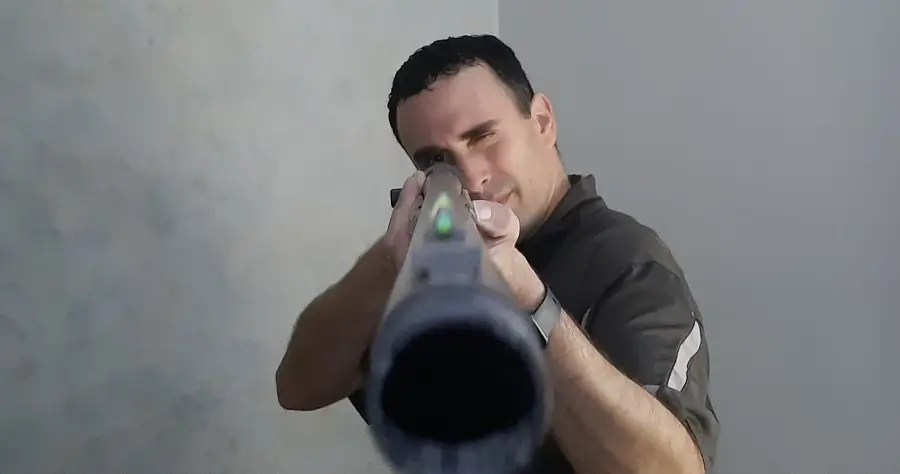
Did I win because I was the best shooter there? No, I was neither the best nor the most experienced. I was able to win because this shotgun fit me perfectly out of the box. Even better than the shotgun I had been using for years prior. Despite the gun being brand new to me and feeling different in my hands. I had gotten lucky, and no adjustments were needed. But fit makes a huge difference.
The Basic Elements Of Shotgun Fit
When shooting a shotgun your eye functions as the rear site, so proper fit is essential to make sure you are able to properly aim the shotgun. I will cover each of these items in more details but here they are in simple terms.

Length of Pull – What is Length of Pull? Often abbreviated LOP, Length of Pull is the distance from the center of the trigger to the butt of the stock where it fits into your shoulder. Having the proper length means that your eye’s position is comfortable along the sighting plane while the shotgun is held in a firm and safe position.
Comb Height (AKA Drop) – The comb height is the vertical position of where the stock contacts your cheek so you can see clearly down the sighting plane of the barrel, commonly referred to as the rib. If your stock comb is too low, then your eye will be below the sighting plane, and you will shoot low. If your cheek rides too high on the comb, then you will be above the sighting plane and will shoot high.
Cast – The cast of the gun is maybe the most complex of the three elements and exists in multiple dimensions. Most often it is referencing the cast of the stock and how it bends from left to right. Comb height determine if you shoot too high or low and cast determines if you shoot left or right.
About Length Of Pull
If the length of pull is too short, you will be scrunched up holding the gun. You will not have good eye alignment and you will not be able to hit targets consistently. You are also likely to be injured as recoil can push the grip of the stock or even the top of the receiver into your face. Some shotguns are better at managing recoil than others and may be able to help spare you a good smack in the face. Check out my article Do Semi-Auto Shotguns Have Less Recoil REALLY? But in any event, just because shooting doesn’t cause pain, does not mean it is ok to have a short length of pull. Your accuracy, consistency, and overall shooting comfort will suffer.
If the length of pull is too long, you will not be able to consistently mount the gun and your face will likely sink lower on the sloping comb thus effecting comb height. In either case, you will have to bend your neck in one direction or the other to see down the barrel and your shooting and aiming will be inconsistent and difficult.
The more consistent you can shoot the more accurate you will be. Length of pull is all about consistency. You want to be able to naturally, comfortably, and instinctively lift and shoulder your gun the same way, in the same place, every time.
One way length of pull is measured is by putting the stock of the gun into the crease of your elbow, if the tip of your finger rests well in the middle of the trigger, then your length of pull is said to be proper. This is often not accurate though, as we tend to compensate to put our finger in the right place of the trigger and it does not take body size, shape, and position into account. A better way is to measure the distance from the thumb knuckle of your shooting hand to the tip of your nose when mounting the shotgun. If you thumb knuckle is 1.5-2.5 finger widths away from your nose, then your length of pull is about right.
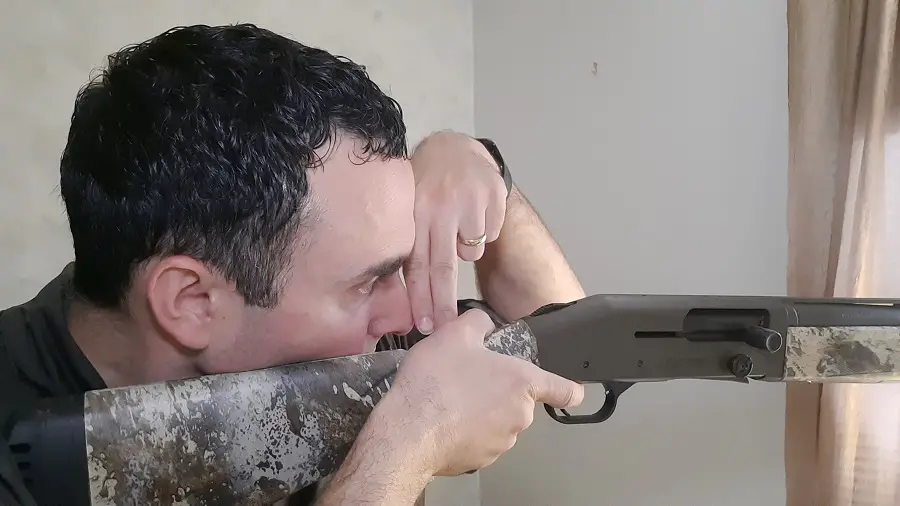
Adjusting Length Of Pull
There are easy and hard ways to adjust the length of pull on a shotgun. For older guns it was common to cut down the stock to shorten it or glue extra material onto the back to lengthen it. Adding some length can easily be done by adding a recoil pad or other extension to the stock. But many modern shotguns come with spacer or shim kits that will easily let you use larger or smaller spacers to adjust the length to what you want.
If you are using spacers, you can try a few different lengths and settle in on the right one for you in a few minutes. If you are cutting your stock, you do not have any second chances. So be very cautious. In cases like that, you should probably visit a professional gunsmith or shotgun fitter who can observe and measure you as you mount your gun and can tell the exact amount to cut or add to the stock.
About Comb Height / Drop
Proper comb height or drop is critical to eye alignment. This is maybe the hardest factor to compensate for. If your length of pull is a little too long, you can often make do. If your comb heigh is too low or too high, you are going to miss shots and not understand why.
Having your eye at the right height and the same consistent height is the key to aiming or rather pointing a shotgun. There is almost no way you can make up for a significant misalignment in your comb height. So pay careful attention to this factor. Getting it right is not that hard but it is very important.
Your eye should be able to see straight down the rib of the shotgun to the front bead. You should be able to see the rib but not be looking down on it. If you can’t see the rib or are high above it, then you have a problem you need to work out before you start hunting or sport shooting with the shotgun.

Adjusting Comb Height / Drop
With older guns, comb heigh adjustments were achieved by sanding down the top of the comb to better fit your cheek or gluing on a piece of materials like leather to raise it up some. These work fine but they are not easily reversable. Another option includes a stock sleave that comes with extra or adjustable material to help with comb height. Some guns come with adjustable risers that can take the comb up or down.
The most common way to adjust new guns is again with a series of spacers and shims that can change the angle the stock drops at which adjust the comb heigh in a subtle, easy, and reversable way.
About Cast
Before getting into the details, I should state that as long as the cast of the stock is not opposite your shooting hand, you can likely make do. If you are right-handed and a gun is casted for a left-handed shooter or visa-versa, then you will need to make significant changes. Most shooters can get by with no cast or any cast that is correct to their shooting hand.
A stock that is “cast off” curves away from a right-handed shooter to the right, this is ideal for right-handed shooters. A stock that is “cast on” curves to the left and is preferred for left-handed shooters. Cast is always talked about from the standpoint of right-handed shooters. But for a left handed shooter, being cast-on still curves toward their body, they are just holding the gun on the other side of their body.
Cast has a lot to do with whether your eye is aligned over the sights to the left or the right.
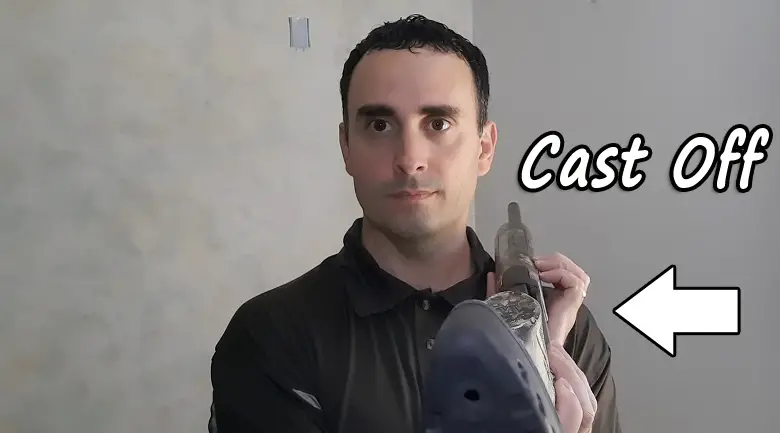
Adjusting Cast
In the old days, adjusting cast was not easy. Either you carved cast into the stock, or you used steam and a vice or similar measure to moisten and heat up the stock and apply a lot of pressure to give it a slight bend. Today, basic cast adjustments can be added by adjusting a shim or spacer that causes the stock to angle away from the shotgun to the right or the left. Many modern shotguns come with a small but sufficient amount of cast built in and more can be added if needed.
The simple way to tell if you have the right cast is to mount the shotgun and see if your eye is right or the left of center as you look down the rib toward the front site. A little bit of misalignment goes a long way, being off by fractions of an inch with your eye can equate to missing by several feet at hunting range. So, you definitely want to make sure your gun fits you reasonably well.
Other Perks To Good Fit
Good fit will improve your ability to shoot accurate and consistently, it can also help improve your ability to handle recoil. People often go to great lengths to mitigate recoil that could be more easily managed if their gun fit them well. Ported choke tubes are sometimes used to reduce recoil, I did a full test video titled Do Ported Choke Tubes Reduce Recoil? to find out if there is any truth to that idea.
Good fit can improve your ability to fire more shots without wearing out as well. Competition shooters and some serious wing shooters can go through hundreds of shells in a day. Good fit is a big help. All of these things combined together also can make you a more confident and smoother shooter.
Perfect Shotgun Fit Might Not Be Worth It
A 100% perfectly fitting shotgun can be achieved, and competition shooters often have one. Hunters on the other hand are harder to get a perfect fit with because fit is a moving target. Hunters are often wearing different types and different thickness of clothing.
You wear a t-shirt for hunting doves, and your shotgun may fit perfectly. You add a fleece layer and hoody for pheasant hunting and you may have your length of pull be a little longer than desired. Throw on a parka for hunting late season ducks and all of a sudden length of pull can be much longer than you remember. Add a balaclava for hunting geese in the snow and your comb height might not be perfect anymore because there is now fabric between your cheek and the stock.
So, since it changes based on your gear, I think absolute perfect shotgun fit is more trouble than it’s worth for hunters. Being close to perfect is plenty good enough for the average hunter.
The Simple Test For Good Fit
There is a test that you can easily do to see if you are close enough. Simply take a plastic drinking straw and some two-sided tape or masking tape and stick the straw right on top of the rib of your shotgun just above the receiver.
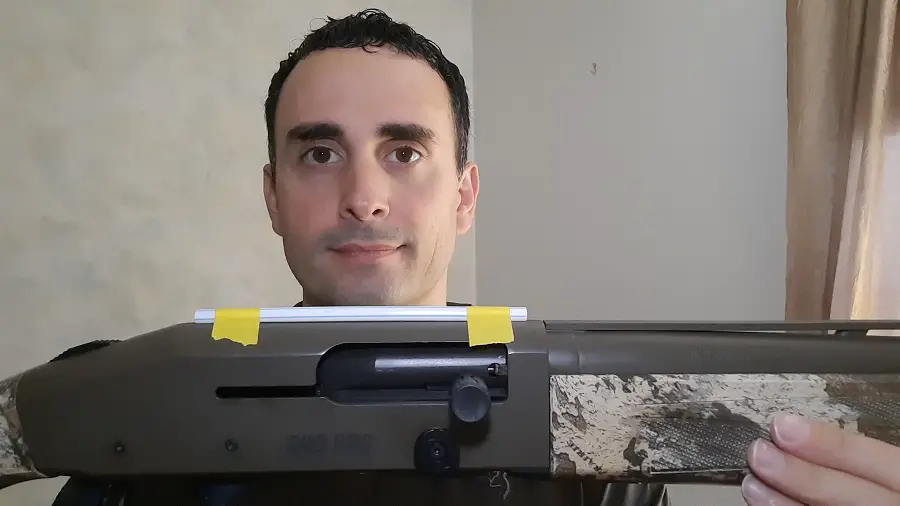
If you can see through the straw and see the front bead clearly, your position is pretty good. If you are too low, too high, or off to the side you won’t be able to see through the straw to get to the front sight. That is a sign that you need to make adjustments to get your shooting form close to where it needs to be.
Good fir on your shotgun is very important but like I said, I think you can get most of the benefits by applying the basic principles. Hopefully this article helped you make strides towards that. For more check out my video on the subject here:
Be sure to listen to The New Hunters Guide Podcast and check us out on YouTube.
Till next time. God bless you, and go get em in the woods!
George Konetes Ph.D. – Founder and Host of the New Hunters Guide.
The New Hunters Guide is simply what George wishes he would have had when learning how to hunt; a single place to get practical hands on knowledge about different kinds of hunting, gear, strategy, and tips that can improve your comfort and fun factor in the woods.

